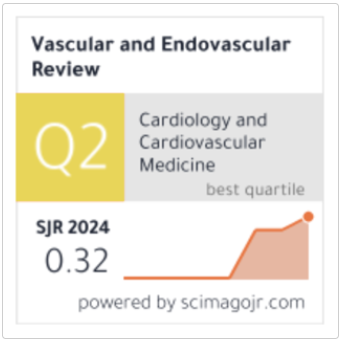Aortic Root Dilatation In children with Idiopathic Nephrotic Syndrome
Keywords:
Idiopathic nephrotic syndrome, Aortic root dilatation, CKD, Pediatric nephrology.Abstract
Childhood idiopathic nephrotic syndrome (INS) is a common glomerular disorder marked by proteinuria, hypoalbuminemia, edema, and hyperlipidemia. While most cases are steroid-sensitive, frequent relapses and cumulative corticosteroid exposure predispose patients to long-term complications. Cardiovascular disease (CVD) is a major concern, driven by dyslipidemia, thrombogenesis, inflammation, and persistent proteinuria. Aortic root dilatation, defined as a z-score >2 at the root, sinotubular junction, or ascending aorta, is an emerging cardiovascular manifestation with serious implications, including dissection, aneurysm, and rupture. This review explores the epidemiology, pathophysiology, and genetic background of nephrotic syndrome, the mechanisms linking it to cardiovascular remodeling, and the specific risk of aortic root dilatation in affected children. Evidence highlights a prevalence of aortic dilatation of up to 31% in children on dialysis or post-transplant, compared with 6% in early CKD and only 2.3% in the general pediatric population. Contributing factors include hypertension, chronic inflammation, mineral metabolism disorders, endothelial dysfunction, and malnutrition. Early recognition, vigilant monitoring, and integrated management strategies are essential to reduce morbidity and mortality. This review aims to summarize current evidence on the relationship between idiopathic nephrotic syndrome in children and aortic root dilatation. It explores the underlying mechanisms, prevalence, risk factors, diagnostic approaches, and clinical implications, with the goal of highlighting the importance of early recognition, monitoring, and integrated management to prevent severe cardiovascular outcomes.








